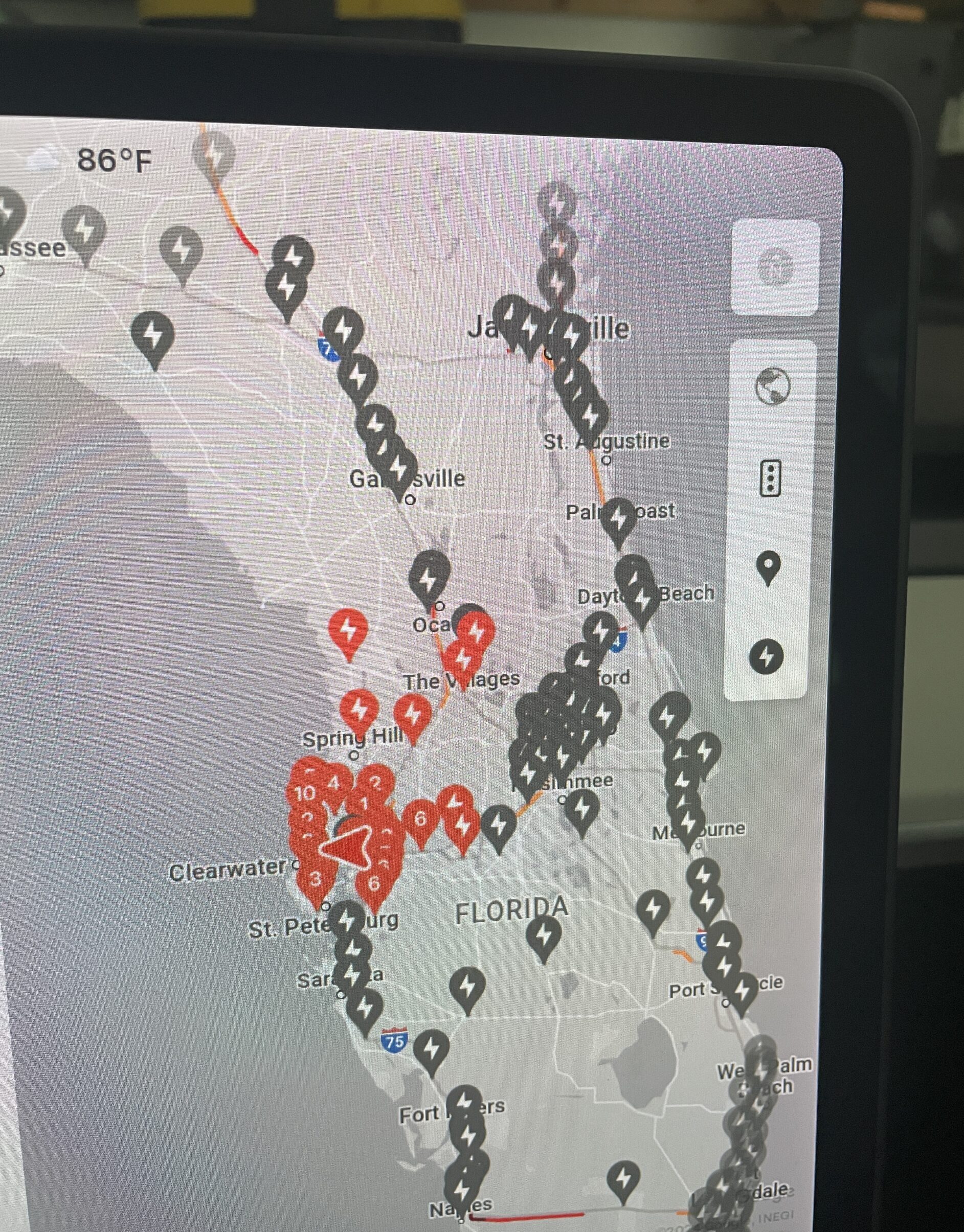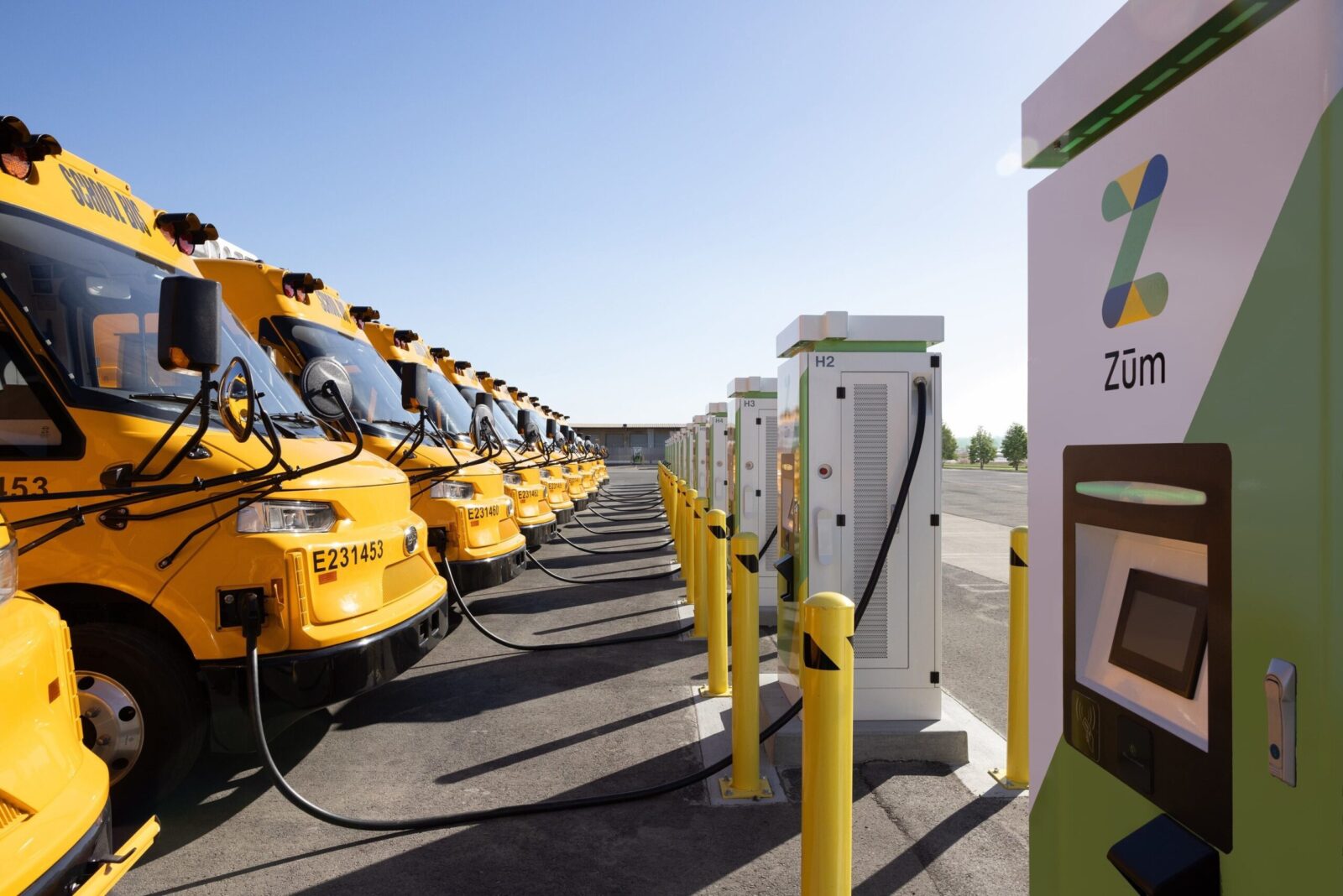In partnership with Hastings Deering and Thiess, Caterpillar demonstrated its MineStar Command for dozing at the recent World Mining Congress.
According to the Western Australian Department of Mines, Industry Regulation and Safety, most mine injuries in 2022 were vehicle-related.
Mines have historically been tough, and sometimes dangerous, places to work, owing in part to the heavy machinery that operates around the clock. But the industry is in the midst of a safety and sustainability revolution and companies like Caterpillar – and one of its largest Australian dealers, Hastings Deering – are leading the charge.
This charge begins with getting workers off the frontlines and away from heavy machinery. It begins with autonomous mining.
The Cat MineStar Command is Caterpillar’s automation solution for the mining industry. It makes it possible for miners to automate a single process, remotely control a single machine, automate multiple types of equipment across a mixed fleet, or implement a completely autonomous fleet of haul trucks that operate continuously with no human intervention.
Command for Dozing is one of these solutions. Caterpillar showcased this technology at the World Mining Congress (WMC) 2023 in Brisbane in June.
“The operator was set up at the congress and – in a world-first – was operating semi-autonomous tractors at a mine site 850km away,” Hastings Deering product manager Simon Zillman told Australian Mining.
“This was not a practice run, but real-life bulk earth works as part of the mine’s rehabilitation program.
“It was impressive to watch multiple dozers moving full blades of dirt constantly, consistently.”
Command for Dozing affords mine operators multiple levels of control. A remote operator station enables the operator to work in a comfortable seated position with familiar controls, while a portable over-the-shoulder console works well for short-duration activities.
But the star of the show is the semiautonomous operation, which takes operators out of the machines and lets them work safely from nearby or remote locations.
“The technology allows one operator to operate up to five dozers at once,” Zillman said. “We proved at the WMC that those operators no longer need to be located on-site. Command for Dozing removes the operators from potentially hazardous environments.
“It provides a clean, vibration-free work area, it also allows multiple dozers to be operated simultaneously by a single operator, and these dozers frequently operate for more than 23 hours each day.
“Bulk dozer mining exposes operators to hazards that simply don’t exist when the operator is no longer in the cabin.”
MineStar Command is making its sites safer and more sustainable.
“With Command, there’s no time lost because of injuries relating to operating the machines,” Zillman said. “It also has the side benefit of more consistent and efficient production, which means less carbon emitted.”
Allowing a single operator to control multiple dozers at once also significantly cuts training and operating costs.
“Experienced operators are increasingly hard to find and training new operators is a never-ending task,” Zillman said.
“With Command for Dozing, the operators generally love the work and are themselves pushing the mines to use the technology more.”
And it doesn’t take long for Command to get set up and commence operating on a site.
“It takes about six months to deploy the system,” Zillman said. “Most of this is working through the site readiness and change management tasks, such as updating safe work procedures, training, etcetera. The actual site deployment and operator training only takes about two weeks.”
There’s more to come for Command for Dozing, Zillman said, with Caterpillar looking to expand the capability of its technology.
Command for Dozing is currently active with two mining customers in Queensland, one of which is Thiess. The dozers on display at the WMC were being operated as part of a Thiess operation in Queensland’s Bowen Basin.
“This Bowen Basin site uses the semi-autonomous tractor system, which is the Command for Dozing product under the MineStar suite,” Thiess group manager Trent Smith told Australian Mining.
“We use SATS (semi-autonomous tractor system) in a bulk dozer push application. Sometimes that’s in a production application uncovering coal, and sometimes in a rehabilitation application profiling to final design surface.
“They’re particularly good in rehabilitation applications because the finished profile is very accurate in terms of the design compliance. We don’t have to do any rework.”
According to Smith, the site noticed an improvement in safety after adopting MineStar Command.
“We’ve been operating with MineStar now for four years without any safety incidents, so quite a significant outcome,” he said. “We’ve also seen much higher utilisation on our assets. We’re seeing 22 to 23 hours per day of productive operation out of the dozers.”

Beyond dozing, Command is also available for drilling, hauling and in underground operations.
Command for Drilling delivers cost-effective, high-precision drilling through automation. It manages everything from predrill planning to blasting.
Command for Hauling takes advantage of Cat’s most sophisticated technologies. A MineStar Command autonomous haulage fleet allows for near-continuous operations with fewer operators on-site, which improves safety, cuts costs and boosts productivity.
Thiess utilises these other MineStar technologies at its central Queensland site.
“This operation is a full MineStar site, so it has Command for Haulage and drilling, as well as fleet, terrain and health,” Smith said.
“When the site is fully ramped up, there’ll be over 100 connected assets in the MineStar system.”
Smith said the most exciting part about the MineStar Command technology is its potential to change the landscape of employment in the mining industry.
“With Command for Dozing, we’ve potentially tapped into a whole range of new opportunities for our people with flexible work arrangements,” he said.
“Until now, there’s been a big focus on operating on-site, but the WMC demonstration allowed us to show that it can be operated safely from a remote location. So I think there’s an untapped potential there to do something longer term in having remote operation of those machines across multiple sites in a centralised location.
“Through the collaboration of Thiess, Caterpillar and Hastings Deering, we’ve achieved something pretty incredible.”
This feature appeared in the August 2023 issue of Australian Mining.




